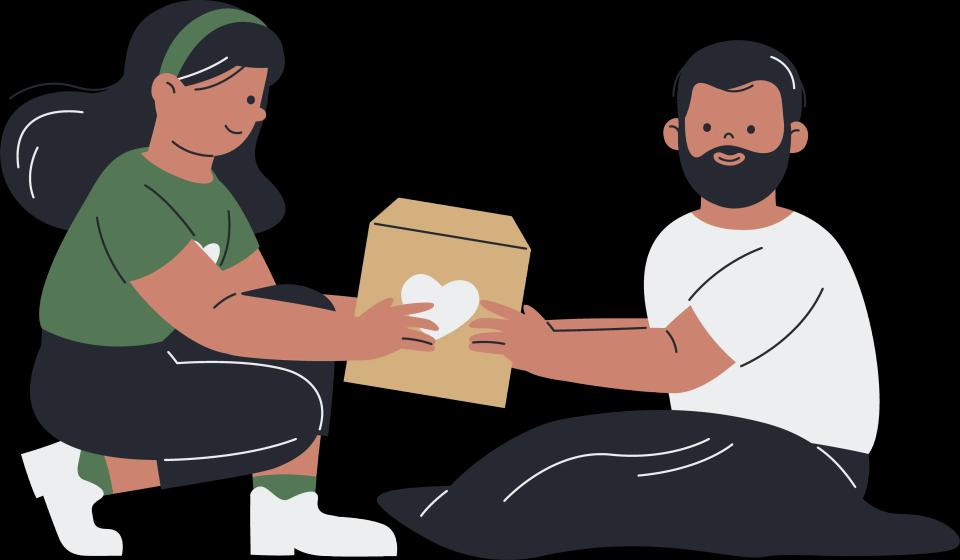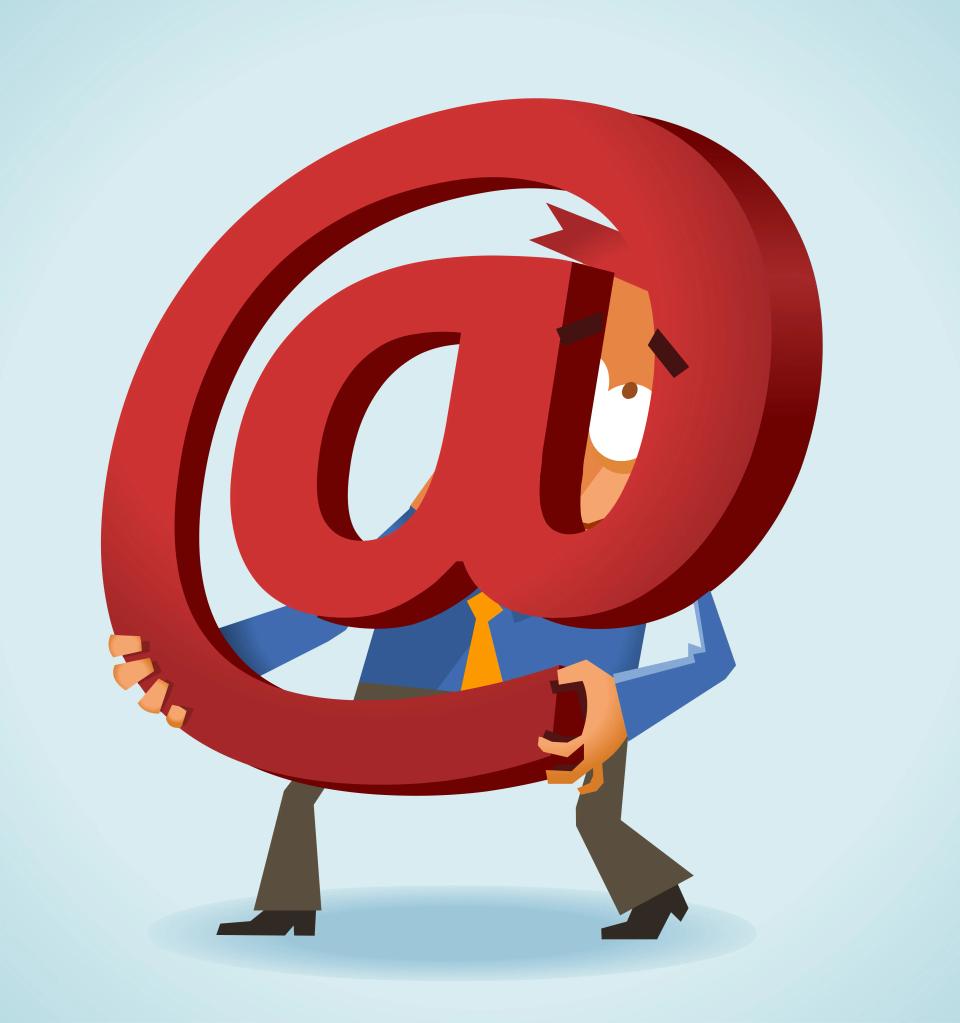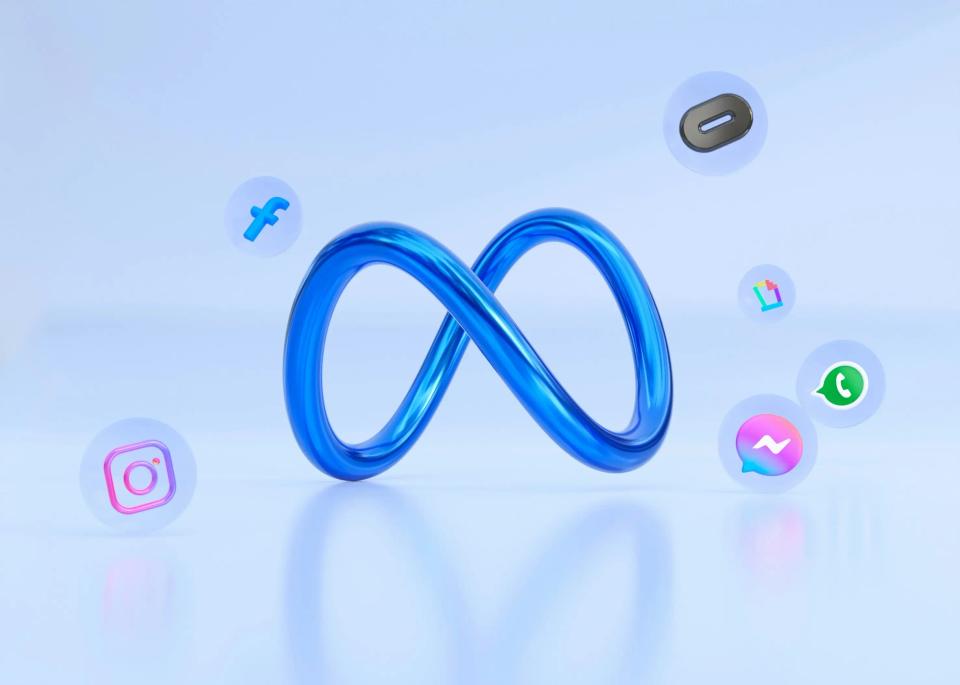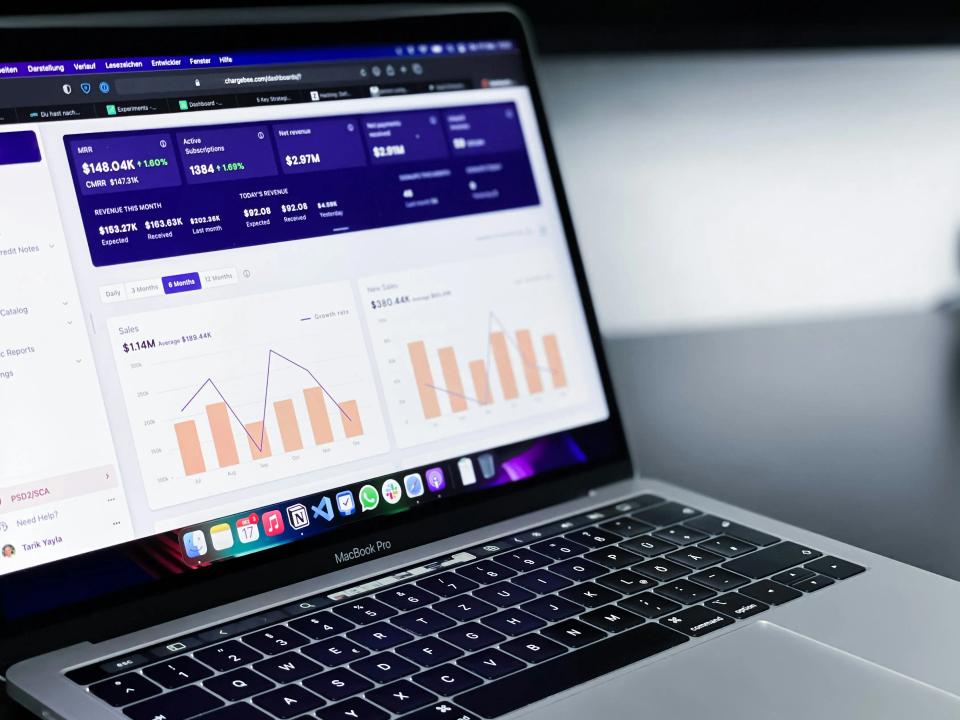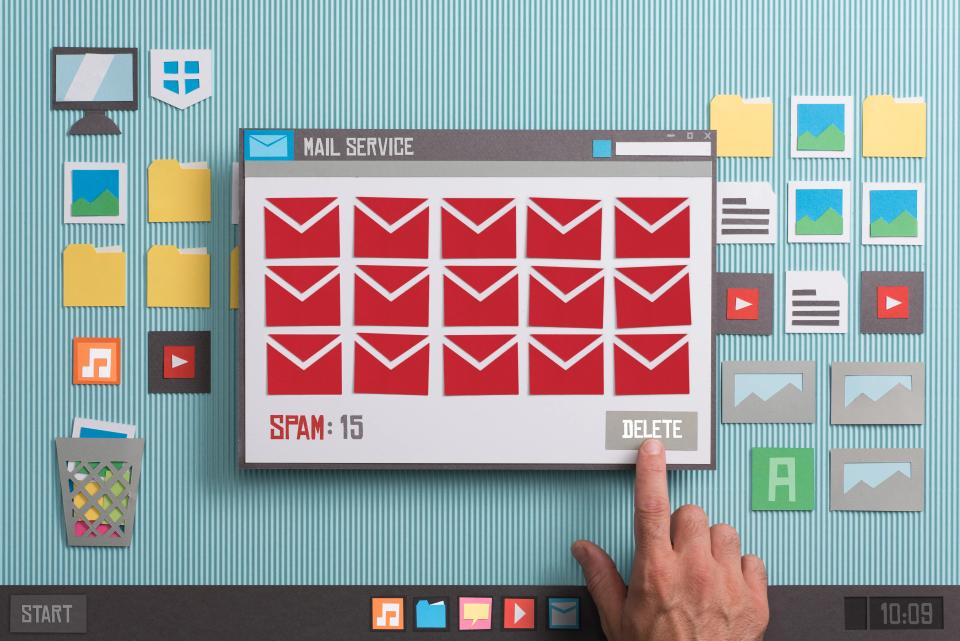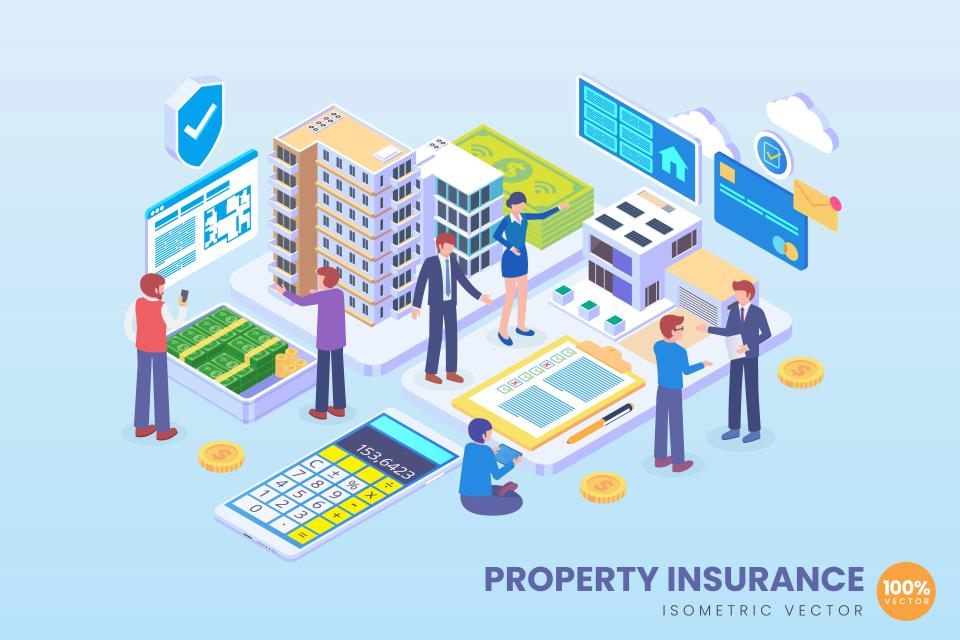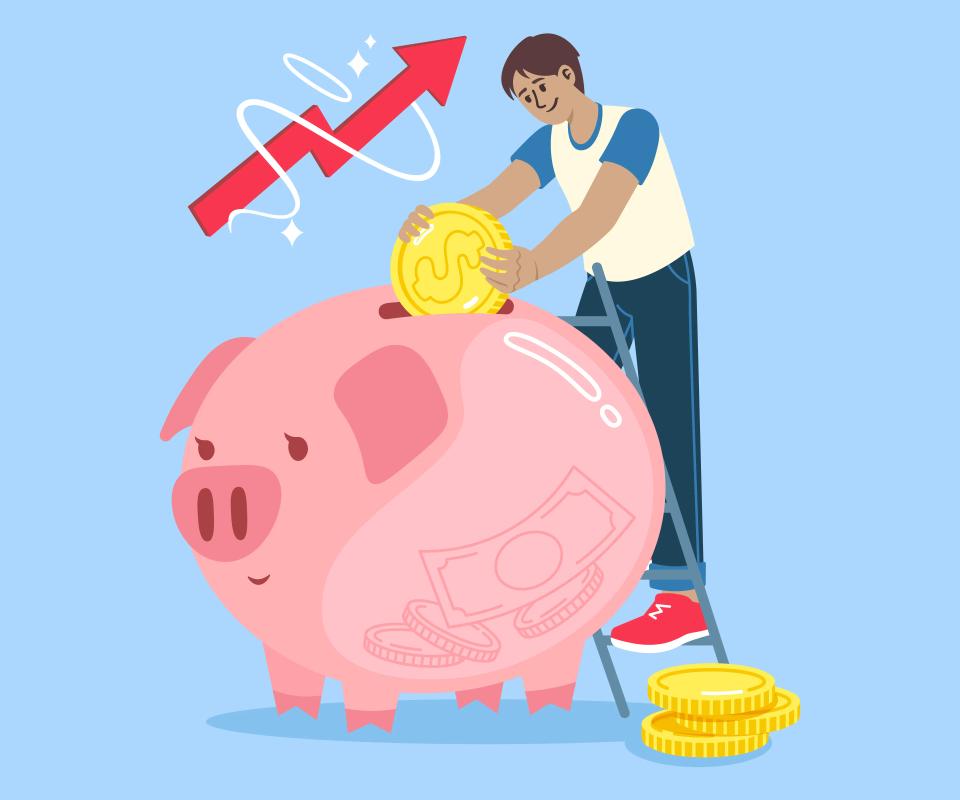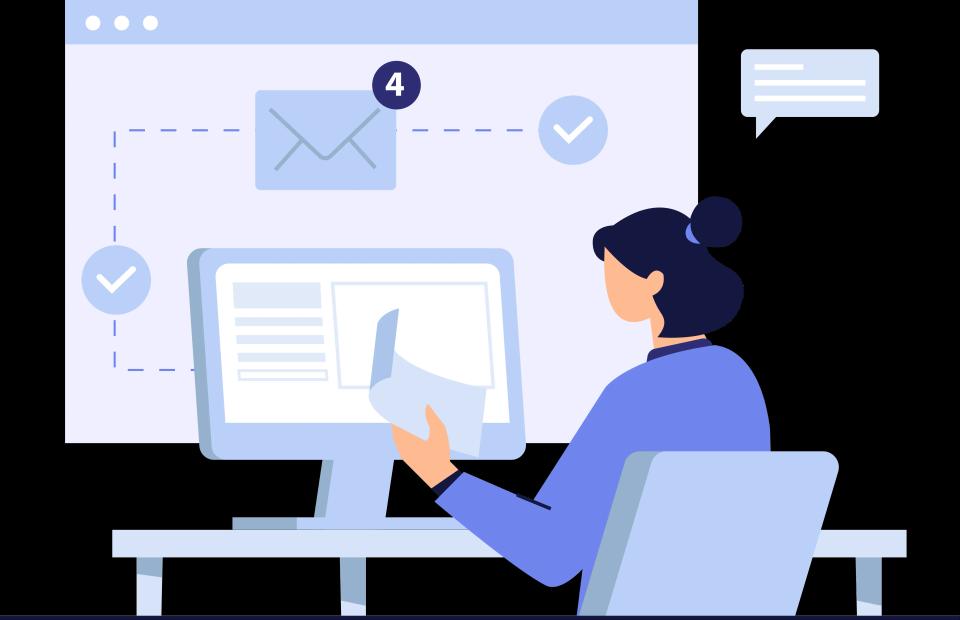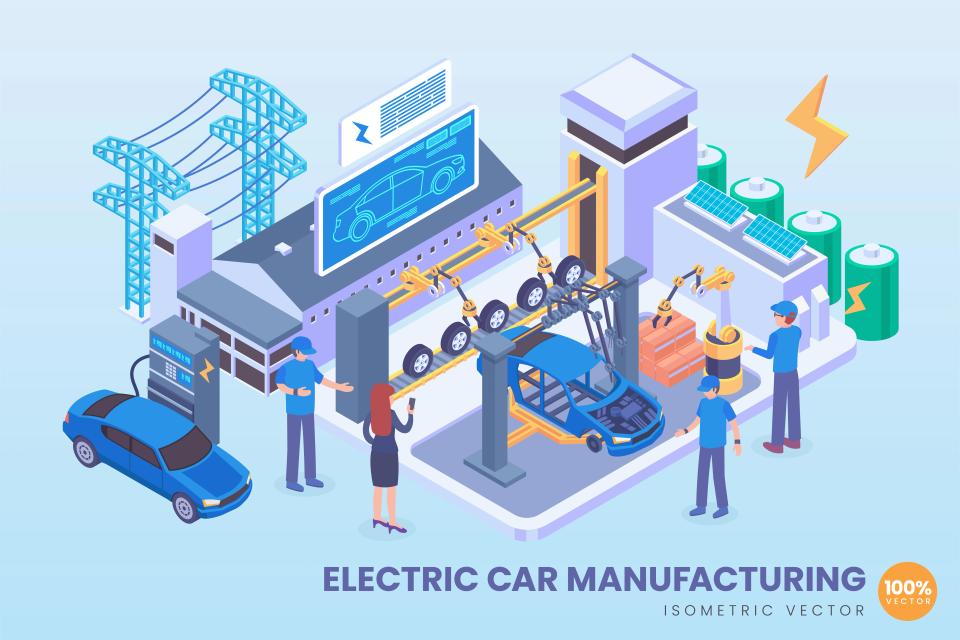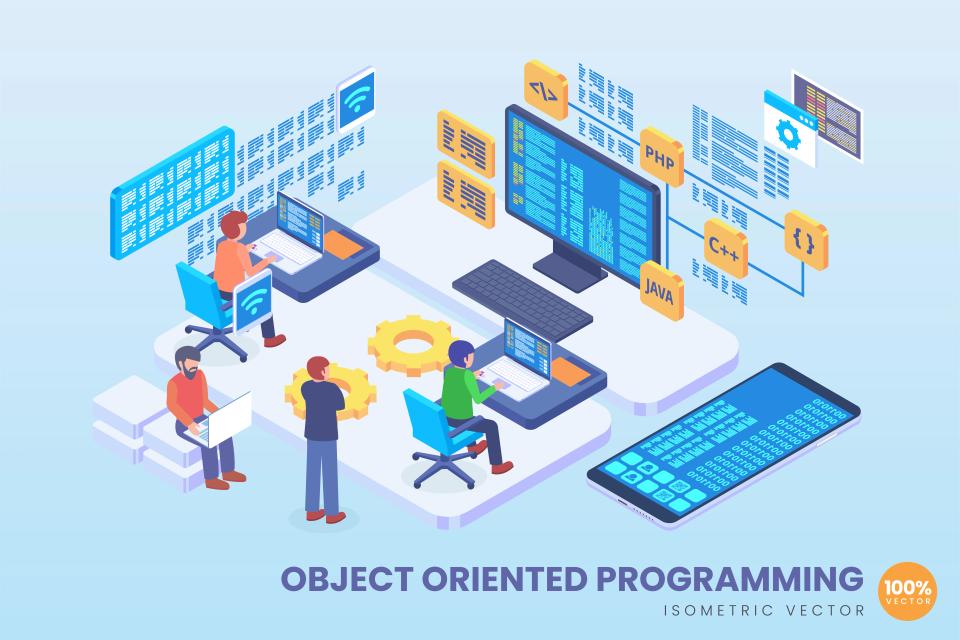Alright, let's dive deep into the heart of what keeps your non-profit alive and thriving: your donors. You pour your soul into your mission, changing lives, making the world better. But let's be honest, does the thought of constantly finding new supporters, of keeping the funding flowing, sometimes feel like an uphill battle in the fog? You're not alone. Many non-profits grapple with this, but what if I told you there's a powerful, direct, and astonishingly effective way to cut through that fog and connect with the very people eager to champion your cause?
We're talking about strategic cold email outreach. Now, before you picture those spammy, impersonal messages that clog your inbox, let me stop you. This isn't that. This is about crafting compelling narratives, reaching the right hearts, and building genuine connections that fuel your mission. The truth is, email marketing isn't just for big corporations; for non-profits, it’s a lifeline. Consider this: email marketing boasts an average return of $36 for every $1 spent (Litmus, 2021). Imagine channeling that kind of power directly into your fundraising. It’s time to transform your outreach from a hopeful whisper into a resonant call to action.
Understanding the Non-Profit Cold Email Landscape
So, why should your non-profit embrace the often-misunderstood world of cold email? It’s simple: because it works, especially when your resources are precious and your mission is urgent. Let's strip away the jargon and get to the core of why this strategy can be a game-changer for organizations like yours.
The Untapped Power: Why Cold Email Resonates with Non-Profits
Think about the sheer cost-effectiveness. You dream of reaching thousands, of sharing your story far and wide, but the budget? It often screams "caution." Cold email slashes traditional outreach costs; no more expensive print runs for direct mail or hefty fees for large-scale events just to get your foot in the door.
Then there's scalability – your message, your passion, amplified. With a well-crafted email, you can reach a vast audience of potential supporters, individuals whose values align with your mission, with minimal incremental effort. It’s about working smarter, not just harder, to grow your circle of champions.
And the beauty of it? Measurable results. You're not shouting into the void. You'll know exactly what’s working and what’s not, tracking open rates, clicks, and, most importantly, the donations that follow. Non-profits, on average, see an email open rate of around 25.17% (Campaign Monitor, 2023), a clear indicator that people are listening when the message is right.
Navigating the Hurdles: Common Cold Email Challenges
Of course, it's not all smooth sailing. Your email is vying for attention in an already crowded inbox. How do you craft that subject line, that opening sentence, that makes your message the one they must open, the one that speaks directly to their desire to make a difference?
Building trust without a prior relationship is perhaps the biggest mountain to climb. They don't know you from Adam (or Eve). Your email needs to quickly, authentically, and powerfully establish your credibility and the urgency of your cause, forging an emotional connection from the very first read.
And let's not forget compliance. Staying on the right side of regulations like the CAN-SPAM Act or GDPR isn't just good practice; it's essential. Understanding these rules protects your organization, maintains your hard-earned reputation, and ensures your outreach is welcomed, not reported.
Laying the Foundation: Building Your Donor Email Strategy
Before you type a single word of that first cold email, you need a rock-solid strategy. This isn't about firing off messages into the ether and hoping for the best. It's about precision, understanding, and a clear vision of who you're trying to reach and what you want to achieve.
Knowing Who Cares: Defining Your Ideal Donor
Who are these compassionate individuals, these everyday heroes ready to support your cause if only they knew about it? Start by creating detailed donor personas. Give them names, imagine their lives, understand their motivations, their fears, and what truly makes them tick. What keeps them up at night that your mission can help solve?
Once you know who you're talking to, segmentation becomes your superpower. Not all potential donors are moved by the same message or have the same capacity to give. Tailor your approach by grouping prospects with similar characteristics or interests. Remember, segmented email campaigns can lead to a staggering 760% increase in revenue (Campaign Monitor) – that’s the power of speaking directly to someone's heart.
But where do you find these prospects? Research is key. Explore ethical and effective methods for building your prospect lists, looking for individuals who have shown affinity for similar causes, or who fit the demographic and psychographic profiles of your ideal donor.
Charting Your Course: Setting Clear Campaign Goals
What does success look like for your cold email campaign? Is it purely about donation targets? Be specific. Knowing the financial impact you aim for will drive every decision you make, from the copy you write to the lists you target.
Beyond the dollars and cents, consider other engagement metrics. Perhaps success also means growing your volunteer base, increasing attendance at awareness events, or simply getting more people to share your story. These are all valuable outcomes.
And crucially, think long-term. This isn't a smash-and-grab operation. Your goal should be to cultivate lasting partnerships, turning a first-time cold contact into a lifelong advocate for your cause. After all, acquiring a new donor can cost five times more than retaining an existing one (Invespcro), so building those relationships from day one is paramount.
The Art of Persuasion: Crafting Compelling Cold Emails
Now we get to the exciting part: crafting emails that don't just get opened, but get felt. This is where art meets science, where psychology meets purpose. Your words have the power to move mountains, or at least, move someone to click "Donate."
The First Impression: Subject Lines That Demand to Be Opened
Your subject line is the gatekeeper. It’s your first, and sometimes only, chance to grab attention in a sea of digital noise. Make them feel seen, understood, and intrigued. Personalization is your friend here; simply using a recipient's name in the subject line can increase open rates by a significant 26% (Campaign Monitor).
Focus your messaging on impact. Don't just state what you do; show the tangible difference their potential support can make. Appeal to their innate human desire to be part of something bigger, something meaningful, something that offers hope or solves a pressing problem.
And please, don't just guess what works. A/B test your subject lines relentlessly. Experiment with different approaches – urgency, curiosity, benefit-driven statements – and let the data tell you what truly resonates with your audience.
Weaving the Narrative: Email Body Content That Connects
Once they've opened your email, the clock is ticking. You have mere seconds to capture their interest and make an emotional connection. This is where storytelling shines. Facts and figures can inform, but stories? Stories move people to action. Share a compelling narrative – perhaps of an individual whose life was changed by your work – that tugs at heartstrings and ignites a desire to help.
Clearly articulate your value proposition. What's in it for them, emotionally and altruistically? Why should they choose your non-profit to support out of all the worthy causes out there? Make the impact of their potential contribution crystal clear and deeply personal.
Bolster your narrative with social proof and credibility. Show, don't just tell, the effectiveness of your work. Include powerful testimonials, impactful statistics (briefly!), or endorsements from respected figures. Remember, a striking 72% of consumers say positive testimonials and reviews increase their trust in a business or, in your case, a non-profit (BigCommerce).
Guiding the Way: Optimizing Your Call-to-Action
You've hooked them, you've moved them – now what? Your call-to-action (CTA) needs to be clear, compelling, and incredibly easy to follow. Don't assume they know what to do next; guide them.
Consider offering multiple engagement options. Not everyone is ready or able to make a financial donation immediately. Perhaps they can volunteer their time, share your campaign on social media, or sign up for your newsletter to learn more. Give them pathways to connect.
For donation pathways, make it ridiculously simple. Use clear, prominent buttons with action-oriented text like "Donate Now to Save a Life" or "Give Today to Protect Our Planet." Ensure your donation forms are short, mobile-friendly, and secure.
And what if they're interested but not quite ready to commit? Provide clear follow-up opportunities. A link to "Learn More About Our Impact" or an invitation to "Join Our Community Update List" can keep the conversation going and nurture that budding interest.
Behind the Scenes: Essential Technical Considerations
Crafting the perfect email is only half the battle. If your messages don't reliably land in the inbox, all your persuasive prose is for naught. Let's pull back the curtain on the technical nuts and bolts that ensure your outreach actually reaches its destination.
Reaching the Inbox: Mastering Email Deliverability
First things first: list hygiene. A clean email list is a happy email list. Regularly prune inactive subscribers, correct typos, and remove invalid addresses. This not only improves your deliverability but also protects your sender reputation, which is gold in the email world.
Next, prove you're legitimate with email authentication protocols. Setting up SPF (Sender Policy Framework), DKIM (DomainKeys Identified Mail), and DMARC (Domain-based Message Authentication, Reporting & Conformance) tells email providers that your messages are genuinely from you, significantly reducing the chances of them being flagged as spam. Emails with proper authentication see much higher delivery rates.
Finally, understand and avoid spam filters. Certain trigger words (think "free money," "act now," excessive exclamation points!!!), too many images, broken links, or misleading subject lines can send your carefully crafted message straight to the junk folder. With an estimated 14.5 billion spam emails sent globally every day (Statista, 2021), you need to do everything possible to stand out for the right reasons.
Playing by the Rules: Compliance and Regulations
Navigating the legal landscape of email marketing is non-negotiable. In the United States, the CAN-SPAM Act lays down clear rules: you must include your valid physical postal address in every email, provide a clear and conspicuous way for recipients to opt out of future emails, and honor those opt-out requests promptly.
If your outreach extends to individuals in the European Union, you must comply with GDPR (General Data Protection Regulation). This means ensuring you have a lawful basis for processing their data (like explicit consent for marketing emails), protecting their personal information, and upholding their rights regarding their data. Ignorance is not a defense, and penalties can be severe.
Beyond these major regulations, be aware of any non-profit specific regulations or guidelines that might apply in your jurisdiction or sector. A little due diligence here goes a long way in protecting your mission, your reputation, and your ability to continue your vital work.
Scaling with Soul: Automation and Personalization
Imagine connecting with every potential donor personally, guiding them on a journey from initial awareness to passionate support. Sounds impossible for a busy non-profit, right? Wrong. With smart automation and thoughtful personalization, you can scale your outreach without losing that crucial human touch.
The Automated Journey: Designing Effective Email Sequences
Think beyond the single cold email. Design automated email sequences that nurture relationships over time. A welcome series, for instance, can roll out the red carpet for new contacts, introducing them to your mission, sharing initial impact stories, and making them feel valued from the very first interaction.
Develop engagement workflows that guide prospects based on their interests and actions. If someone clicks on a link about a specific program, trigger a follow-up email with more detailed information or a related success story. This shows you're listening and providing relevant content.
Don't let warm leads go cold. Implement follow-up sequences for those who show initial interest but don't convert immediately. A gentle reminder, an offer of more information, or a different angle on your appeal can significantly increase response rates. Remember, personalized emails can deliver transaction rates up to six times higher than non-personalized emails (Experian).
Making it Personal: Advanced Personalization Strategies
Go deeper than just using a [First Name] merge tag. Leverage dynamic content to tailor parts of your email – images, text blocks, calls to action – based on what you know about the recipient's interests, past interactions, or demographic information. Show them you really know them.
Utilize behavioral triggers to send hyper-relevant, timely communications. Did someone visit your "Ways to Give" page but not donate? A triggered email a day later offering to answer questions could be just the nudge they need. Did they download a report on a specific issue? Follow up with related content or an invitation to an upcoming webinar.
Craft donor-specific messaging that speaks directly to their unique motivations and their potential connection to your cause. If you know someone is passionate about animal welfare, your messaging will be different than for someone focused on children's education. This level of personalization makes your outreach feel less like a broadcast and more like a one-on-one conversation.
Knowing Your Impact: Measuring Success and Optimization
You've launched your campaigns, your emails are flying – but how do you know if they're truly hitting the mark? Measurement and optimization are not afterthoughts; they are integral to a successful cold email strategy. This is how you turn good outreach into great fundraising.
The Numbers That Matter: Key Performance Indicators
First up, open rates. Are people even seeing your carefully crafted message? This is your initial hurdle, the gateway to engagement. While the average non-profit email open rate hovers around 25.17% (Campaign Monitor, 2023), your goal should always be to beat the average by delivering irresistible subject lines and building a quality list.
Next, look at response rates – this includes click-through rates (CTRs) on your links and actual replies to your emails. Who's engaging with your content? These metrics indicate genuine interest and are a strong precursor to conversion.
And, of course, the bottom line: conversion metrics. Track the number of donations, volunteer sign-ups, event registrations, or whatever your primary campaign goal is. This is where you see the tangible return on your outreach efforts.
Constant Evolution: Testing and Improving Your Campaigns
Never assume you've found the "perfect" email. Adopt an A/B testing framework for continuous improvement. Test everything: subject lines, sender names, email copy, calls to action, images, send times. Even small changes can lead to significant uplifts in performance.
Use the data from your KPIs to optimize your content. If a particular story or type of appeal consistently gets higher engagement, lean into that. If certain subject lines fall flat, learn from it and try a different approach. Let data, not guesswork, guide your refinements.
Campaign refinement is an ongoing process. The digital landscape changes, donor preferences evolve, and your organization grows. Regularly review your strategy, test new ideas, and never stop striving to make your email outreach more effective. Companies that consistently A/B test often see substantial lifts in their conversion rates (VWO), and non-profits can reap these same rewards.
Wisdom from the Trenches: Best Practices and Tips
Beyond the technicalities and strategic frameworks, there's an art to effective cold email outreach, honed through experience. These best practices and tips can help you navigate the nuances and build stronger, more fruitful connections with potential donors.
Perfect Timing: When and How Often to Email
When is the "golden hour" to send your emails? While there's no universal answer, testing will reveal your audience's sweet spot. Many studies suggest mid-week mornings (Tuesday, Wednesday, Thursday between 9-11 AM local time) are often effective, as people are settling into their workday but not yet overwhelmed.
Regarding follow-up intervals, you want to be persistent without being a pest. A common approach is to wait 2-3 days after the initial email before sending a gentle follow-up, and then perhaps another 3-5 days for a third, if appropriate. The key is to add value with each touchpoint, not just repeat the same ask.
Space out your campaigns to give your audience breathing room. Bombarding prospects with too many emails too close together is a surefire way to increase unsubscribes and fatigue. Plan your communication calendar thoughtfully.
Beyond the First Gift: Cultivating Long-Term Donor Relationships
The first donation is just the beginning, not the end goal. Implement nurture sequences that keep the conversation going after someone has engaged or donated. Share ongoing impact stories, updates on your work, and express genuine gratitude.
Make your donors feel like part of an exclusive family, a community of changemakers. Use engagement strategies like surveys to solicit their feedback, offer exclusive content or early access to reports, and invite them to special (even virtual) events. Show them their voice matters.
Focus on donor retention tactics. It's far more cost-effective to keep an existing donor than to constantly acquire new ones. In fact, increasing donor retention by just 10% can potentially increase the lifetime value of that donor segment by as much as 200% (Bloomerang). Consistent appreciation, demonstrating ongoing impact, and making them feel valued are key to long-term loyalty.
Proof in Action: Inspiring Non-Profit Email Case Studies
Let's move from theory to reality. Imagine a small, local animal shelter, their kennels full, their budget stretched thin. They decided to try strategic cold email, targeting local businesses with personalized messages that didn't just ask for money, but shared heart-wrenching (and ultimately heart-warming) stories of specific animals rescued from dire situations, showcasing the direct impact a corporate sponsorship could make. The result? A 15% increase in new corporate sponsorships within just three months, providing vital, sustainable funding.
Or picture an environmental non-profit fighting to protect a critical watershed. They identified individuals who had previously signed online petitions related to local conservation issues – a clear indicator of interest. They crafted segmented cold emails, speaking directly to the specific environmental concerns these individuals had already demonstrated passion for, and included a clear, urgent appeal to fund a crucial land preservation project. This targeted approach led to an impressive 25% click-through rate to their donation page, significantly boosting funds for a time-sensitive initiative.
These examples aren't flukes; they are the direct result of smart strategy and compelling communication. The core lesson is undeniable: understanding your audience, crafting a narrative that resonates deeply with their values, and then using the scalable power of email to deliver that message can unlock incredible levels of support. Personalization, storytelling, and a clear call to action are your most powerful allies in this endeavor.
Your Mission, Amplified: Take Action Now
The journey to engaging new donors, to securing the consistent funding your vital work deserves, is not a winding, mysterious path. It's paved with strategic cold email outreach – a direct, powerful, and often underestimated tool that can become a true lifeline for your non-profit's mission. You've seen the potential, you've understood the mechanics, and you've witnessed the proof in action.
Stop leaving that untapped reservoir of goodwill and potential support on the table. The time to act is now. Begin by truly defining your ideal donor – who are they, and what moves them to give? Then, craft a story so compelling, so emotionally resonant, that it moves hearts and inspires action. And finally, make it undeniably, ridiculously easy for them to join your cause and become part of your success story. The tools, the tactics, the strategies – they are all within your reach.
The world desperately needs the work you do. Your passion, your dedication, your impact – these are the things that change lives and shape a better future. Now, go out and connect with those individuals who are waiting, perhaps unknowingly, to become champions for your cause. Your next great supporter, your next crucial donation, is just one well-crafted email away.

